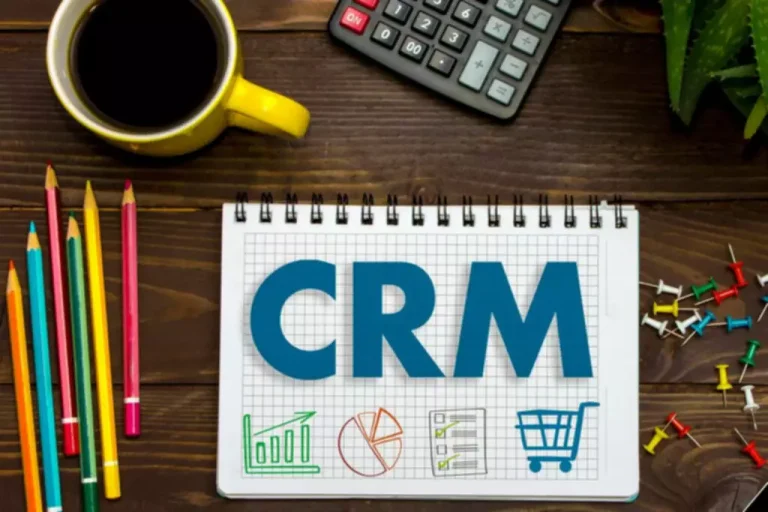Electronic Communication Networks (ECNs) had been invented to mixture value quotes in forex worldwide and current the best-possible prices to traders. A Swap-free account, or Islamic account, replaces the interest-rate swap with a set charge. They’re designed as “Shariah-compliant” accounts for Islamic merchants for whom giving or receiving interest funds is not permissible. Straight Through Processing (STP) is a know-how that passes trades directly to a counterparty.
Furthermore, if the commerce executed is large sufficient, the market maker may choose to offset the trade instantly, particularly if they think the market might transfer in opposition to it. Alternatively, they will add it to their trading e-book, depending on their market outlook and measurement of the transaction. Some other methods for Forex brokers to generate income exist, but these two are essentially the most consultant ones – spreads and/or commissions. The monetary devices provided by the Forex broker (e.g., forex pairs, commodities, cryptocurrencies, indices, and so forth.), type the Forex dashboard. For example, the cash supervisor will take 20% of all new earnings they generate from their clients’ accounts.
What’s A Dealing Desk Broker?
Choosing the proper account type for you can help set you up for buying and selling success. Let’s review the account sorts to make sure you can make an knowledgeable choice. For this reasons, there are few brokers which are true ECN ones, so it is extra doubtless that a broker is a mélange between ECN and STP. Technological advances are making attainable for extra brokers to be true ECN ones, so time will tell if we’ll see improvements. The depth of the market shows where other market participants’ purchase and promote orders are.

The dealer then executes transactions and watches and fills orders for his or her clients accordingly. The NDD forex dealer typically both expenses a fee or they widen the bid/offer unfold so as to make a small profit on each commerce executed, sometimes they do each. A Forex broker, therefore, is nothing but an middleman hyperlink between the trader and the market. It presents market quotes by way https://www.xcritical.com/ of its various liquidity suppliers, and its buying and selling platform displays the very best conditions it has to offer to its customers. In selecting a Forex buying and selling account, you should start by selecting an account dimension opting for the standard, mini, or micro account. Next, you want to decide whether you want an ECN, STP, or Market Maker account.
For such a business to be successful, the market maker takes the other aspect of the trades its shoppers make. That is, if a trader that has an account with a broker that matches on this category buys the EURUSD, the broker will sell that pair with the exact quantity. This community aggregates prices from a number of sources, providing a diverse pool of liquidity and sometimes extra aggressive spreads.
Finest Managed Foreign Exchange Accounts
Since they don’t appear to be trading towards their clients and do not benefit from clients’ losses, their business model is aligned with the interests of their shoppers. The more their purchasers commerce, the extra alternatives the dealer has to earn income via these markups or commissions. One of the important thing characteristics of NDD brokers is transparency in pricing.

B2C Forex brokers are corporations that provide individual merchants with entry to the foreign change market, facilitating forex buying and selling for private profit. A Direct Market Access (DMA) Forex broker is a kind of broker that, like others, initially acts as the counterparty to trades made by their purchasers. The A-book model aligns the broker’s pursuits more intently with those of their purchasers, as the broker earnings primarily from the trading volumes quite than the trading losses of their purchasers. However, many A-Book brokers use the B-Book mannequin for those traders who deposit little capital, or those who are categorized as very inexperienced traders. However, there are inherent dangers on this model, particularly when traders make worthwhile trades.
Why Are There Different Sorts Of Forex Brokers?
We introduce folks to the world of buying and selling currencies, each fiat and crypto, through our non-drowsy educational content and tools. We’re also a community of traders that assist each other on our every day trading journey. Calling a forex dealer a “broker” is a misnomer, which is outlined as a “wrong or inaccurate name or designation”. Mini Account sizes or smaller are normally finest for newbies, with either ECN or Market Maker (Dealing Desk). A Demo account is a test or practice account that does not use real money. A Cent Lot equals one hundred foreign money items, or $0.01 (or 1 cent) per pip if the quote forex is USD (e.g., EUR/USD).
The concept of a Forex brokerage house is to assist the trader be active available on the market, regardless of if the trades are winners or losers. It is in the broker’s curiosity to have energetic traders as that is the one method commissions are flowing. If merchants cease buying and selling, or if merchants lose their deposits quick, the dealer will have misplaced enterprise as nicely. Therefore, it is each in the Forex broker’s curiosity as properly as within the trader’s curiosity for retail traders to be profitable. However, to mitigate risks and adapt to varied trading scenarios, many Market Makers now use hybrid models. For instance, they may move high-value or high-risk trades to external liquidity providers (A-book) whereas maintaining smaller or low-risk trades in-house (B-book).
Client orders are routed on to liquidity suppliers who have access to the interbank market by way of foreign exchange merchants who use an STP scheme. Clients of dealing desk brokers often don’t have entry to real-time interbank market charges. Because of the fierce rivalry among brokers, Dealing Desks brokers’ costs are very similar, if not similar, to interbank charges.
Since these brokers do not create a market however as an alternative present access to the interbank market, merchants typically get extra aggressive, market-driven spreads. The NDD dealer makes a revenue by adding a small markup to the spread or charging a commission on each commerce. An genuine benefit of STPs is that they provide micro lot sizing, whereas most ECNs require normal lot sizes, though nowadays, ECNs come in all sizes. If your STP has its personal dealing desk (making it a “hybrid”), you can be back to changing into fearful that your dealer is manipulating costs or fills in opposition to you. When the unfold is variable, the STP could be selecting the bid from one supplier and the supply from a unique provider (plus and minus its markup, of course). Other STPs offer fastened spreads, which are generally considerably wider than the variable spread version.

I began my buying and selling journey by buying UK equities that I had read about in the business sections of newspapers. I was lucky enough in my early twenties to have a pal that recommended a Technical Analysis course run by a British trader who emphasised raw chart analysis without indicators. Having this first-principles method to charts influences how I trade to today. However, if all Forex merchants are profitable, ultimately, the dealer will lose money as a end result of it should pay for the withdrawals which might be being made.
What Are The Types Of Foreign Exchange Brokers?
In the second case, the Foreign exchange dealer routes its purchasers orders to the liquidity provider, and from the liquidity pool the most effective quote is offered to its retail shoppers. By taking the opposite side of their client’s trades, the brokerage house types of forex brokers has 80% possibilities of winning. For this cause, being a market maker is extra worthwhile than being a non-dealing desk dealer. These brokers are making a revenue from spreads and from betting against their purchasers.
Firstly, a DMA Forex dealer presents traders visibility into the depth of the market. This transparency is a major advantage for traders, especially those using extra sophisticated buying and selling strategies. ECN brokers in Forex primarily acts as a bridge between smaller market participants and larger liquidity providers. The broker income by charging a commission on every trade, somewhat than from the unfold or buying and selling losses of clients. This setup aligns the broker’s pursuits with the shoppers, as they profit from elevated buying and selling quantity and activity, whatever the direction or profitability of the trades.
As you may know, competitors among Forex brokers is very fierce, and that has resulted in tremendous cost-cutting and superior strides in processing know-how. STP brokers have a bigger pool of partners compared to ECN, which means that a variety of the STP transactions might find yourself with DD brokers. So, going for a Non-Dealing Desk broker will cost you a fee each trade. And solely a market maker would offer you this privilege as a result of they’re merely not making a marketplace for you.


